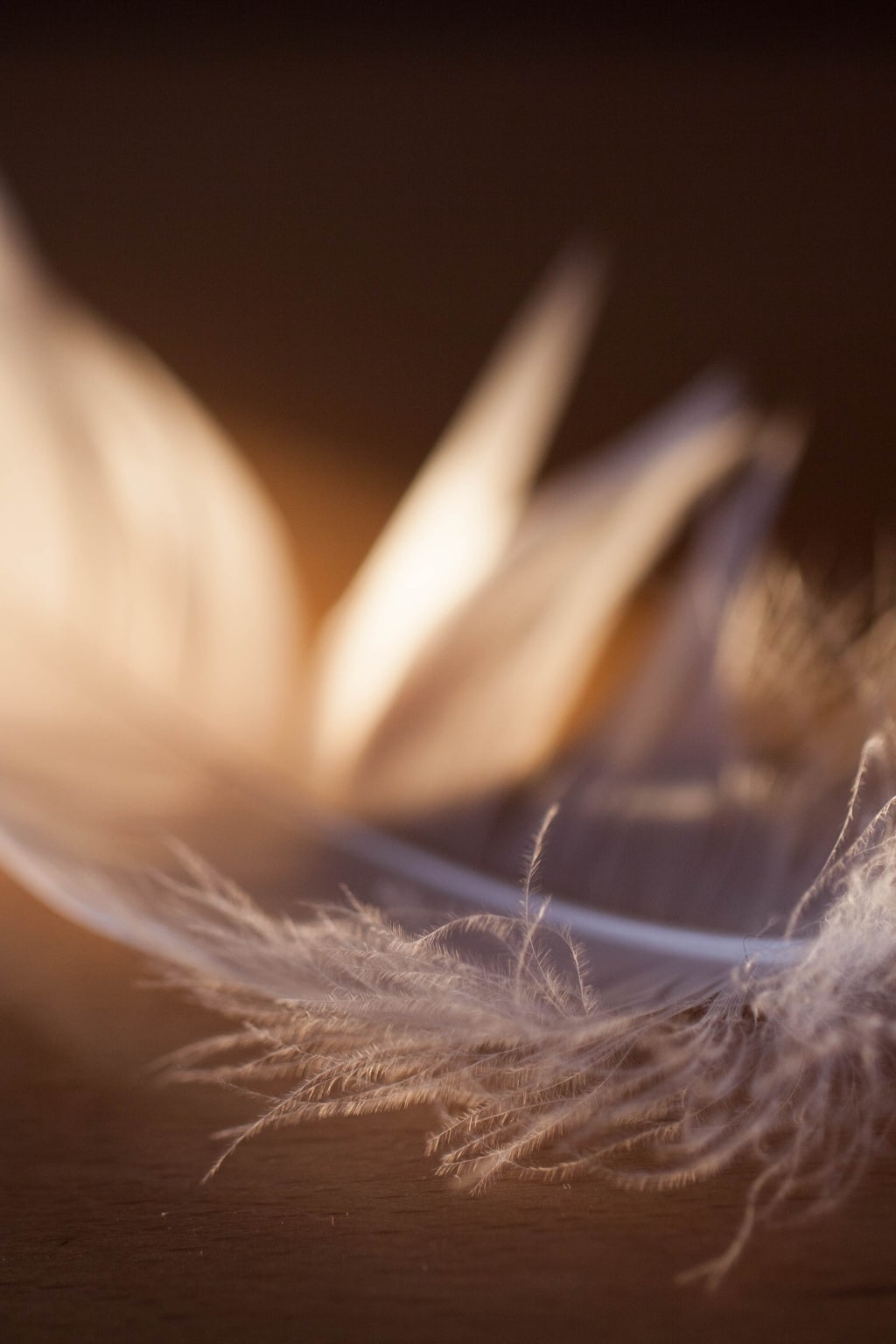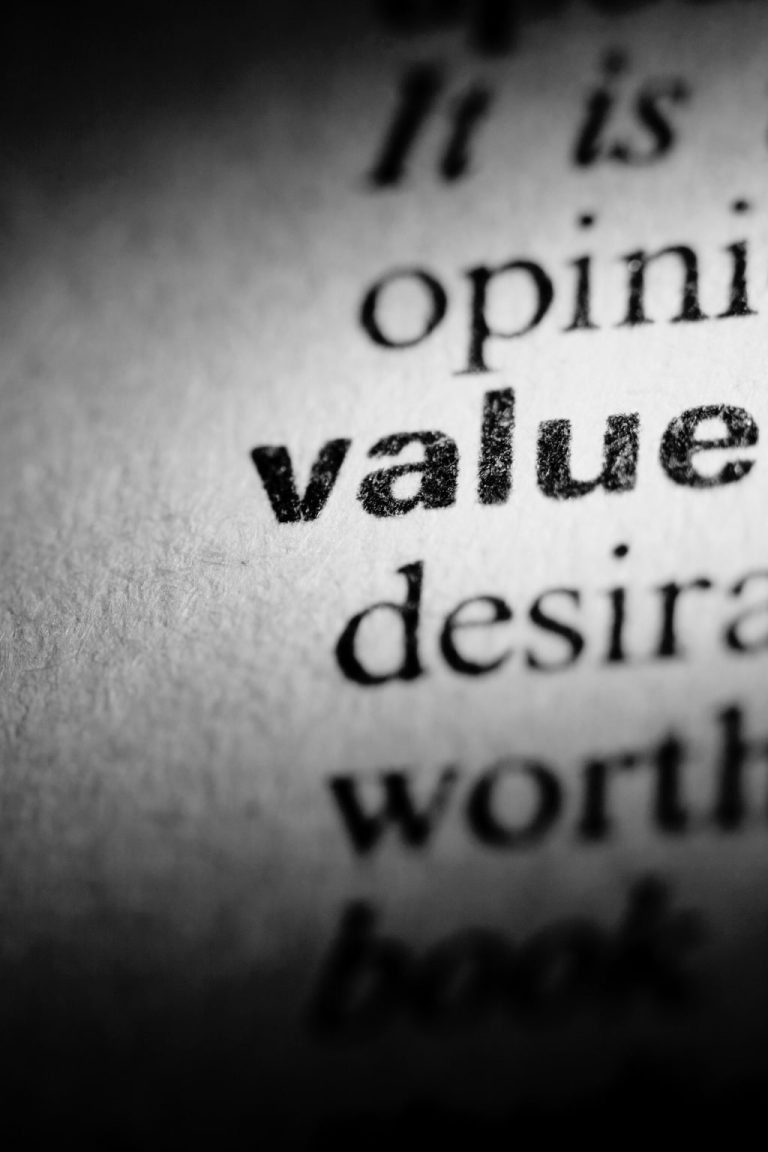How effortlessness became the new perfectionism
Effortless used to mean natural. Now it is a goal. A posture. A performance polished to look like ease. From quiet luxury to the no-makeup makeup routine, modern culture has rebranded perfectionism as poise. The expectation is no longer to do everything flawlessly, but to do it without visible strain.
The problem is that even ease now requires work. Behind every seamless aesthetic lies meticulous editing. Behind every calm exterior, emotional management. The result is a subtler kind of exhaustion, one that hides under minimalism and mindfulness.
This is the new perfectionism: calm on the outside, control underneath.
The evolution of perfection
Perfectionism once looked loud. It was visible in achievement, ambition, and productivity. Now it has shifted to something quieter but no less demanding. Instead of high heels and hard edges, it speaks in neutrals and restraint. It shows up in wellness routines, tastefully curated homes, and digital feeds that suggest serenity.
Sociologists describe this as performative ease, a cultural pivot from visible striving to invisible effort. It rewards women not just for what they accomplish, but for how effortlessly they appear to do it.
In the language of social media, this is the soft life. In practice, it often becomes another script to perform.
Try this
- Notice where you edit your life to appear composed rather than real.
- Ask whether your version of ease feels like freedom or pressure.
- Remember that simplicity should lighten, not constrict.
The hidden labour of looking effortless
Appearing effortless demands constant self-surveillance. The hair that looks air-dried has been styled. The minimalist home took hours of curation. The calm tone in conflict hides rehearsed control. What was once ambition now lives under a softer filter.
Psychologists call this impression management. It is the work of regulating expression to fit a social ideal. For women, that ideal often involves emotional smoothness: always pleasant, never pressed.
This emotional editing drains energy. Studies from the University of British Columbia found that emotional suppression increases physiological stress and reduces authentic connection. The appearance of calm can come at the cost of genuine ease.
Try this
- When you feel the urge to control perception, pause and breathe.
- Practise being seen in small imperfections.
- Replace polish with presence.
The feminine rewrite of perfectionism
The shift from hard ambition to soft mastery mirrors the evolution of feminine ideals. The modern woman is expected to be grounded yet driven, relaxed yet productive, minimalist yet magnetic. The contradiction is quiet but relentless.
Cultural critic Jia Tolentino writes that contemporary femininity is a high-efficiency illusion, one that merges authenticity with aspiration. Women are encouraged to appear at peace while managing an invisible mental load of self-regulation.
It is still perfectionism, only with better branding.
Try this
- Redefine success as sustainability, not performance.
- Practise doing things badly for the sake of joy.
- Allow softness to be natural, not staged.
The psychology of ease
True ease is not the absence of effort. It is the presence of safety. When the nervous system feels regulated, life feels smoother. Tasks that once felt like strain become fluid because the body is no longer in defence mode.
Neuroscience research shows that calm comes from predictability and recovery. It cannot be curated through aesthetics alone. The brain recognises safety through rhythm, rest, and honest connection, not perfection.
Try this
- Build rest into your schedule before burnout forces it.
- Keep sensory anchors: soft light, slower mornings, real food.
- Treat calm as chemistry, not performance.
Reclaiming genuine simplicity
The antidote to performative ease is not more effort, but more honesty. True simplicity is imperfect by nature. It leaves room for the undone, the unplanned, and the human.
Simplicity is not a look. It is a rhythm that values depth over display.
You can enjoy a tidy home, a quiet wardrobe, or a peaceful life without turning them into proof of control. When you stop performing calm, you begin to feel it.
Try this
- Choose activities that restore rather than impress.
- Let your surroundings reflect reality, not a brand.
- Measure success by peace, not perception.
The art of visible effort
There is beauty in visible effort. It signals authenticity and aliveness. Admitting that something took time or care brings humanity back into the equation.
The point is not to glorify struggle but to normalise honesty. Real life involves work, rest, mess, and progress. When we allow that truth to exist publicly, we loosen the grip of false effortlessness.
Try this
- Speak openly about what something required, not to complain but to normalise reality.
- Compliment others for their dedication, not just their ease.
- Remember that grace and grit can coexist.
Final thoughts
The performance of ease is still performance. It keeps you trapped in the same perfection loop, only quieter. The real work is not to appear effortless but to live with less effort spent on appearances.
Genuine ease is earned through boundaries, rest, and honesty. It is not seen; it is felt.
The goal is not to seem calm. It is to be free.






